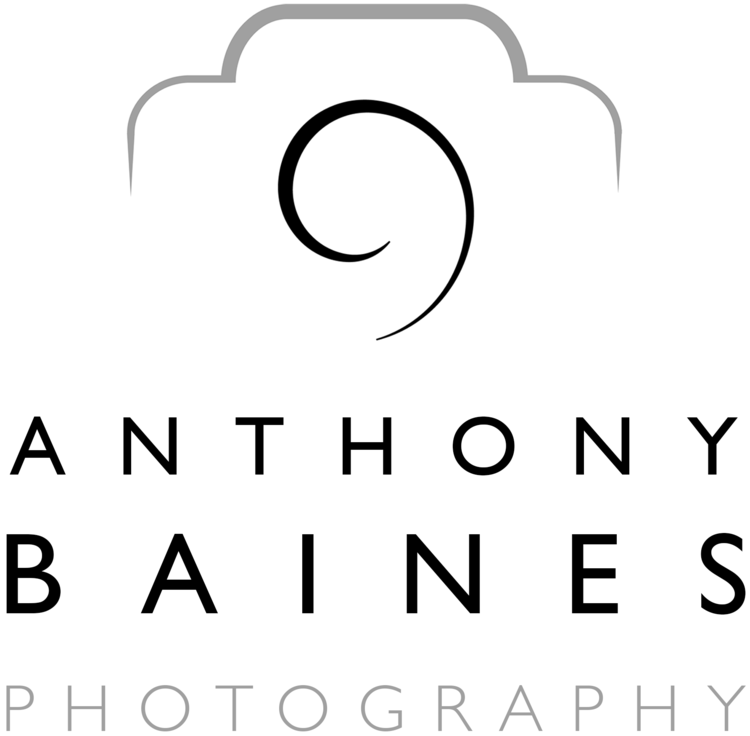I spent last week in Scotland aiming to photograph wildlife, mainly from hides, in the company of my friend Phil D.
We stayed near Ringford in Dumfries and Galloway. Just up the road, near Laurieston, is the Bellymack Hill Farm red kite centre. We spent the first afternoon of our trip there. This is a red kite feeding station run by the farm's owner Anne Johnstone, a remarkable lady, who puts out feed for the kites every day at 2pm. The feeding station has helped red kites to flourish in the area; the population was previously persecuted to the point of near extinction, but has made a extraordinary comeback. If you are in the area, I highly recommend a visit: the sight of hundreds of kites diving on the feed is amazing. (Entry £7.50 for adults when we were there; get there an hour in advance of feeding time.)
However, the primary reason we visited this part of Scotland was to spend some time at Scottish Photography Hides. This is a group of hides established and run by Alan McFadyen. If you don’t know his name, you may have seen a photograph he made of a kingfisher at a perfect moment just as it dived into water (it received a lot of media coverage at the time).
We were lucky enough to be able to book into hides for sparrowhawk, badger, tawny owl, cuckoo, redstart and red squirrel over three and a half days. The hides are variously spread around the countryside near Ringford and Kirkcudbright. Alan doesn’t publish the specific locations, but there are meeting places in each town from where we were escorted to the hides. After a short briefing at the hide by Alan (or his brother Michael), we were left to our own devices, which suited us perfectly. (Guided workshops are also available, but we preferred to be left alone as we are experienced enough to know what we are doing.)
May is in the peak season for these hides, both because it is in breeding season, plus there is a prospect of pleasant weather before the midges arrive. We had booked in with Alan several months in advance to be able to get the hides we wanted: he gets fully booked at this time of the year. As it happened, we had a week of wall-to-wall sunshine and few biting insects. All in all, an amazingly productive time: exhausting but brilliant.
I’m just going to show a pile of pictures below. There will be more on Flickr when I get around to putting a gallery on there: I’ll update the blog when I do so. I’ll also mention that we stayed at Queenshill Country Cottages. It was a very pleasant place to stay, right in the middle of the area where the hides are located. BTW: you need a car for this, I don’t believe it is possible to get around the hides by public transport.
FWIW: all the pictures shown here were taken with my Sony A1 and the Sony 200-600mm zoom, except as noted in the captions below. Pictures processed through Lightroom Classic, with high-ISO noise reduction as needed using Lightroom’s Enhance.
Oh … and finally, a big shout to the Scran Van in Kirkcudbright. They serve freshly cooked seafood down by the river front. I had delicious local scallops and fries. Highly recommended!
Bellymack Hill Farm: red kites gather in the trees just before feeding time
Five kites captured in one frame flying onto the carrion the instant it is put out
Red kite diving in front of bright yellow gorse flowers
A different individual at the sparrowhawk hide. I think this one is an older male.
Sparrowhawk in flight
Cuckoo in flight
Cuckoo calling from a perch
Meadow pipit keeping a watchful eye on a cuckoo. The cuckoo is perched on a conifer sapling among bright yellow flowering gorse. If you look carefully, there is another pipit on the far right of the frame also keeping watch. The pipits mobbed the cuckoo.
Redstart deep in woodland, photographed in scarcely any light
Red squirrel. Note the tufts on the ears: these may be moulted later in summer months
Red squirrel jumping
Red squirrel characteristic pose
Badgers. These were photographed in the very last light of day in semi darkness. I guess this is a mother and cub.
As the light faded further, I switched from my 200-600mm with its comparatively dim maximum f/6.3 aperture to the 70-200mm f/2.8. Much easier to work with the brighter f/2.8 aperture, but correspondingly this is heavily cropped.
Badgers after dark, lit by flash (70-200mm lens). The badgers didn’t seem to take any notice of flash.
Tawny owl arriving at a perch after dark, lit by flash (70-200mm lens). Like the badgers, the owl took no notice of the flash.
Tawny owl perched after dark, also lit by flash
Good food is never off topic! The Scran Van. iPhone snap, so you don’t confuse this with a picture from my 200-600! :)
